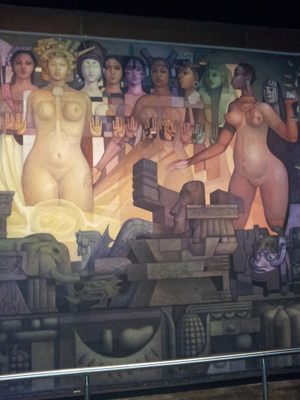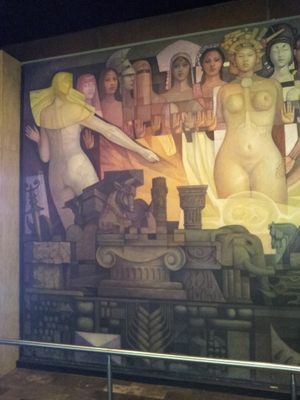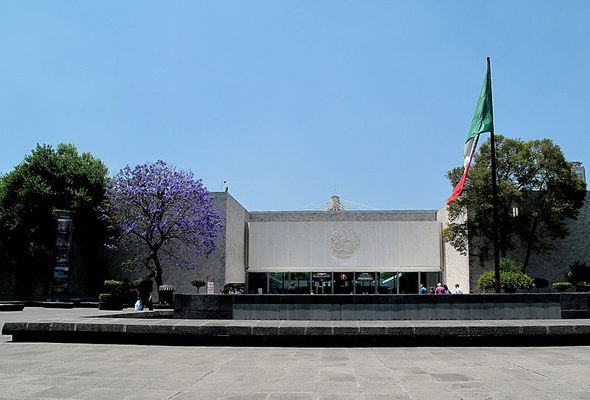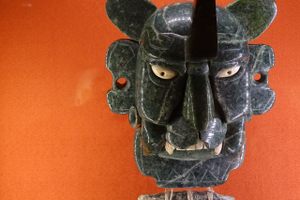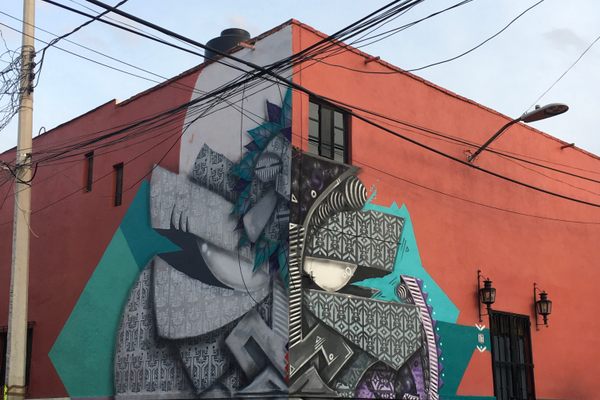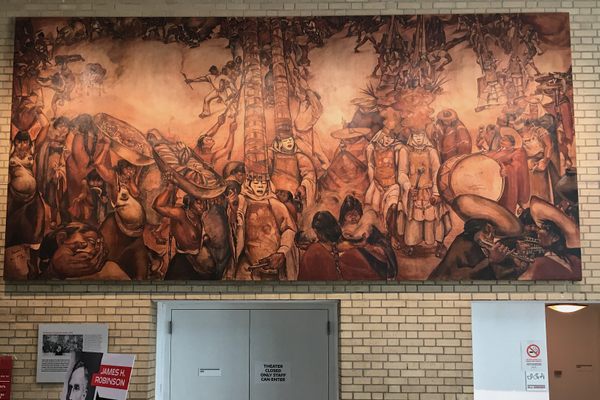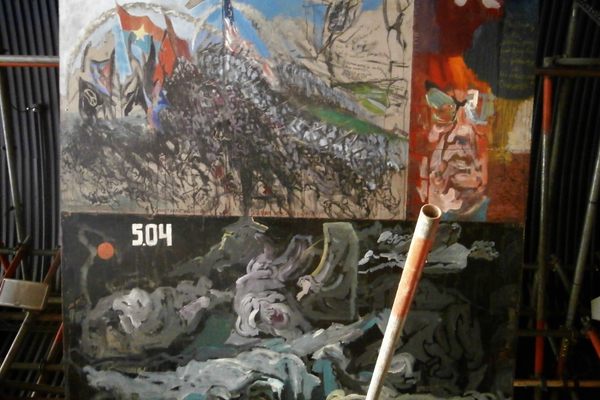About
The National Museum of Anthropology in Mexico City is not just worth visiting for its collection of ancient artifacts, but also to contemplate magnificent modern art by some of the finest Mexcian artists. One of the most beguiling pieces is a mural titled "Las Razas y las Culturas" ("Races and Cultures") by Jorge González Camarena. It is both a homage to human diversity and an artistic entreaty for unity and brotherhood.
The mural was commissioned by the Mexican government in the early 1960s for the new anthropology museum, and was finally completed in 1964. The artwork was to be placed in the section of the museum dedicated to the history of the human species and the peoples of the Americas. In keeping with these themes, Camarena decided to create a mural that was an artistic celebration of the beauty and diversity of humanity.
The myriad cultures and races of the world are individually represented by 14 female goddesses, while the divinity in the center of the mural represents the near future of humanity, as a species that comprises a mixture of all cultures, heritages, and races. Just below the goddess of the near future is a cosmic child in a glowing womb, not yet born, which represents generations of humans in the distant future.
On either side of this future goddess are the 14 muses, which from right to left symbolize the sub-Saharan African, Egyptian/North African, Mayan/Central American, indigenous South American, indigenous North American, Polynesian/Melanesian, Japanese/East Asian, Southeast Asian, South Asian/Indian, Arabian, Hellenic/Mediterranean, Iberian, and Celtic and Northern European peoples.
Beneath the muses are an assortment of artifacts symbolic of the great civilizations of history. These include Neolithic megaliths, northern European castle walls, a Viking helmet, a Hellenic Doric column, a Hindu elephant sculpture, a Persian bull column, Assyrian Lamassu, a Roman Corinthian pillar, an ancient Egyptian hieroglyphic tablet, a Chinese dragon, a Celtic horse, a Polynesian Moai, an Incan kancha stonework, and an African Yoruba mask.
At the very bottom of the mural are symbols of the domesticated plants that led to the development of agriculture, which has supported civilizations and continues to support humanity. These botanical symbols include staple crops like maize, wheat, barley, rice, cassava, potato, yams, taro, sugar beet, and sugar cane. Finally, on the far right side of the mural, are several skulls representing the evolutionary past of hominids.
Related Tags
Know Before You Go
The mural can be found in room two of the "Poblamiento de America" ("Peoples of the Americas") gallery at the museum.
Yucatan: Astronomy, Pyramids & Mayan Legends
Mayan legends, ancient craters, lost cities, and stunning constellations.
Book NowPublished
May 10, 2019
